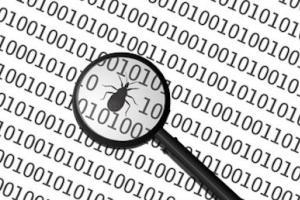Nitrokey 3 - Test Firmware Release

Die ehemals als Alpha bezeichneten Firmware Releases werden ab jetzt Test Releases genannt um den Charakter der Releases zutreffender zu beschreiben. Es handelt sich hier um eine Firmware die noch nicht ganz ausgereifte Funktionen enthält. Im aktuellen Release 1.3.1-test.20230417 handelt es sich hierbei um die OpenPGP Card Funktionalität sowie eine noch sehr experimentelle PIV Karten Implementierung.
Zur Vollständigkeit hier alle Funktionen, die mit der Test Firmware zur Verfügung stehen:
- FIDO2 (v0.1.1-nitrokey.1)
- Einmalpasswörter, OTP (secrets v0.9.0)
- admin-app (v0.1.0-nitrokey.2)
- OpenPGP Card (opcard v0.4.0)
- PIV (piv-authenticator v0.1.1)
Aufgrund der Natur dieser Test Releases raten wir explizit davon ab diese in produktiven Umgebungen zu benutzen. Bitte habt stets Backups für alle wichtigen Daten bereit.
Man benötigt zwingend pynitrokey in einer Version >= 0.4.35, welches jetzt auch als Windows-Installer und als einzelne ausführbare Datei verfügbar ist. Letztere könnte je nach System zu einer Virus-Warnung führen, welche natürlich ein Fehlalarm ist. Darüber hinaus gibt es auch eine einzelne ausführbare Datei für Linux.
Um auf das aktuelle Test Release zu aktualisieren ist es nicht mehr nötig die Dateien selbst herunterladen. Stattdessen kann man einfach pynitrokey wie folgt benutzen:
$ nitropy nk3 update --version v1.3.1-test.20230417
Zurück zur stabilen Firmware kann man dann einfach wieder so wechseln:
$ nitropy nk3 update
Comments
Add new comment